“Avoidance increases fear and therefore stuttering, and it must be reduced” – Dr. Charles Van Riper
When speech is interrupted by frequent repetition like le- le- let me talk, prolongation like llllllet me talk, excessive fillings, stoppages like umm ah or sometimes no sound but a visible struggle to talk, it is called Stuttering or Stammering.
Stuttering prevents you from speaking freely and this disturbance while talking may be accompanied by rapid eye blinking, avoidance of eye contact, shivering of lips, jerks in the jaws or other such bodily or facial struggles. Certain situations such as speaking to a stranger, group of people, talking on the phone tend to make stuttering more severe.
The exact and precise mechanism that causes stuttering is not well understood. Stuttering tends to run in families. Children with other speech and language problems or developmental delays are more likely to stutter. Studies have shown that people who stutter process speech and language slightly differently than those who do not stutter.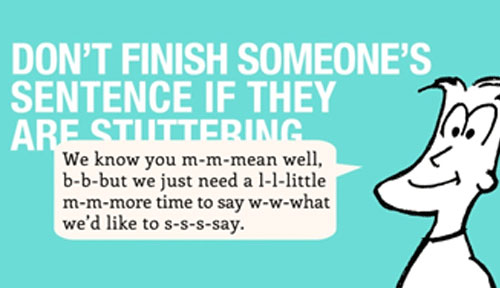
Stuttering affects males four times more than females across all ages but occurs most frequently in children between 2 to 7 years of age whose speech and language are developing. According to the Stuttering Foundation, approximately 5 percent of all children go through a phase of stuttering that lasts six months or more. Most of them will recover by late childhood, leaving about 1% with a long-term problem.
If you think your child is stuttering and if the stuttering persists for three to six months or more, it’s advisable to seek help from a speech and language therapist who specializes in treating stuttering.
Currently, the available cure for stuttering is through speech therapy approach. There are varieties of successful approaches to treating children and adults with stuttering. The earlier the treatment, the better the outcome. Speech therapy will help prevent childhood stuttering from becoming a lifelong problem.

 Towards the end of the second trimester, your baby starts to hear. The mother’s voice is well perceived while background sounds such as the mother’s heartbeat, breathing, pumping of blood, gurgles of the stomach, and air filling the lungs are heard internally. Your unborn baby can also hear muffled noises and music coming from outside.
Towards the end of the second trimester, your baby starts to hear. The mother’s voice is well perceived while background sounds such as the mother’s heartbeat, breathing, pumping of blood, gurgles of the stomach, and air filling the lungs are heard internally. Your unborn baby can also hear muffled noises and music coming from outside. Mothers are welcome to be creative in their own way to stimulate the baby and repeat the same after the birth. You may find a wiggly and alert response from your newborn to what they heard regularly in the womb.
Mothers are welcome to be creative in their own way to stimulate the baby and repeat the same after the birth. You may find a wiggly and alert response from your newborn to what they heard regularly in the womb.
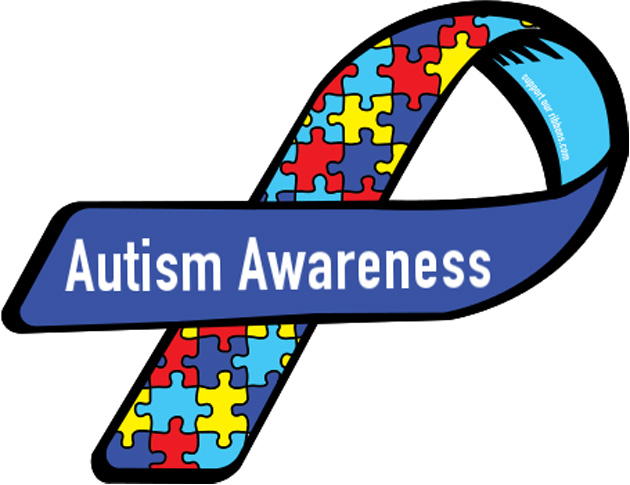 autism are not disabled, they just think differently with multiple abilities.According to the history of human evolution, it is likely our ancestors would have had autism without been noticed. Latest research concludes autism has a long evolutionary history. Incidence and prevalence of autism has dramatically increased over the past few years.
autism are not disabled, they just think differently with multiple abilities.According to the history of human evolution, it is likely our ancestors would have had autism without been noticed. Latest research concludes autism has a long evolutionary history. Incidence and prevalence of autism has dramatically increased over the past few years. The incorporation of their gifted skills into a community would play a vital role in the development of specialists in our community. A study done in 2005 about an elderly reindeer herder from Siberia revealed a detailed memory of the parentage, medical history and character of each one of his 2,600 animals.
The incorporation of their gifted skills into a community would play a vital role in the development of specialists in our community. A study done in 2005 about an elderly reindeer herder from Siberia revealed a detailed memory of the parentage, medical history and character of each one of his 2,600 animals. The right environment for people with autism for making sophisticated contributions to the society is the need of the hour. In many instances, people with autism need opportunities and support more than they need treatment.
The right environment for people with autism for making sophisticated contributions to the society is the need of the hour. In many instances, people with autism need opportunities and support more than they need treatment.


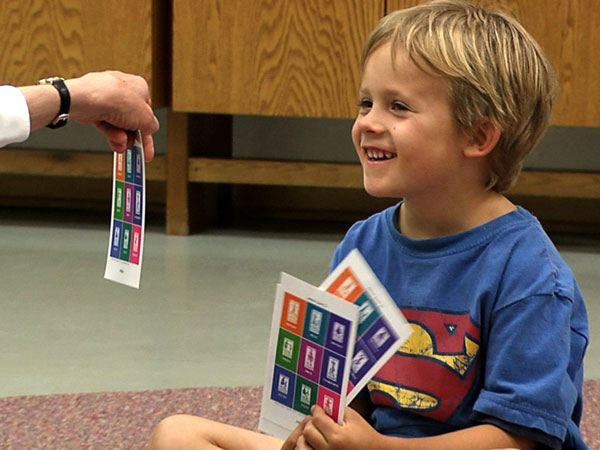
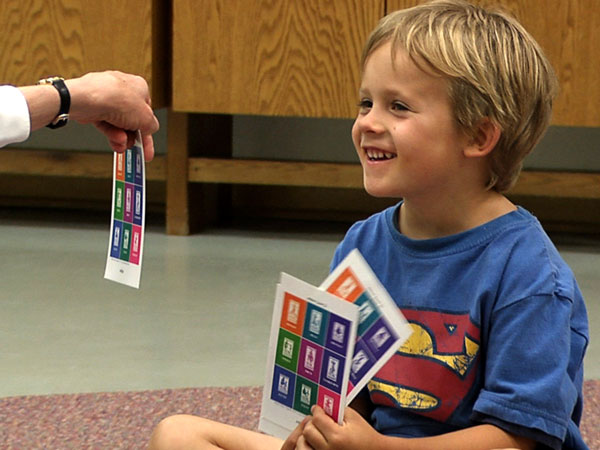 six words or more for examples. Mom went to the supermarket but I couldn’t go with her. We visited grand ma since she was sick.
six words or more for examples. Mom went to the supermarket but I couldn’t go with her. We visited grand ma since she was sick.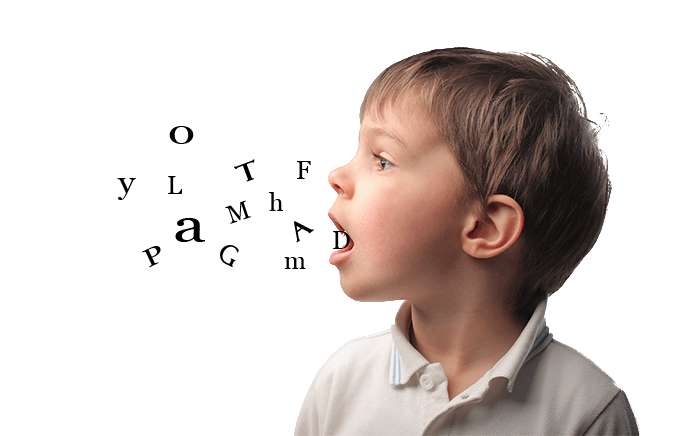


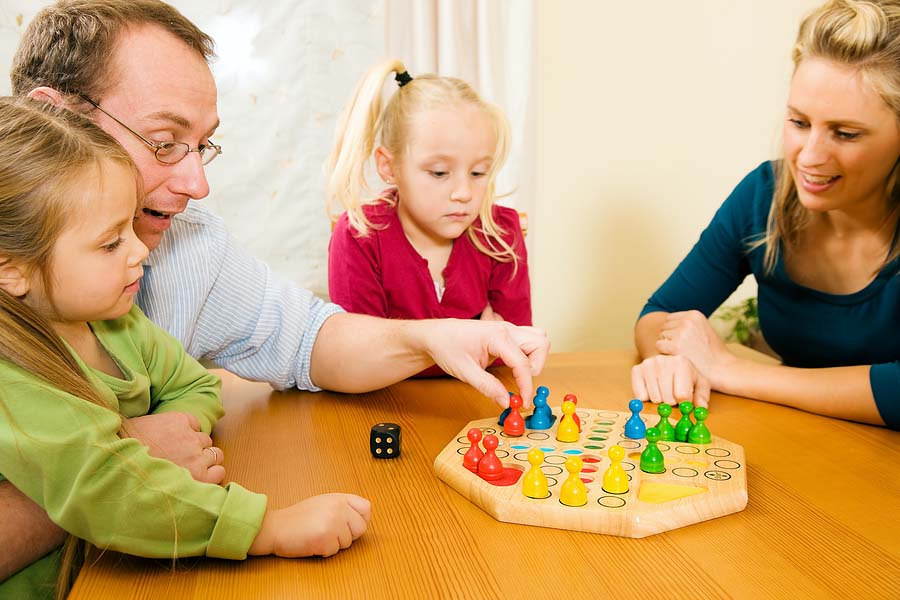
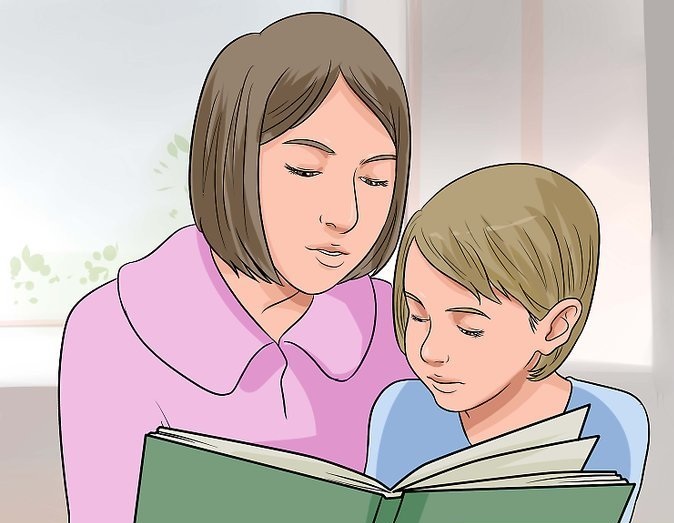
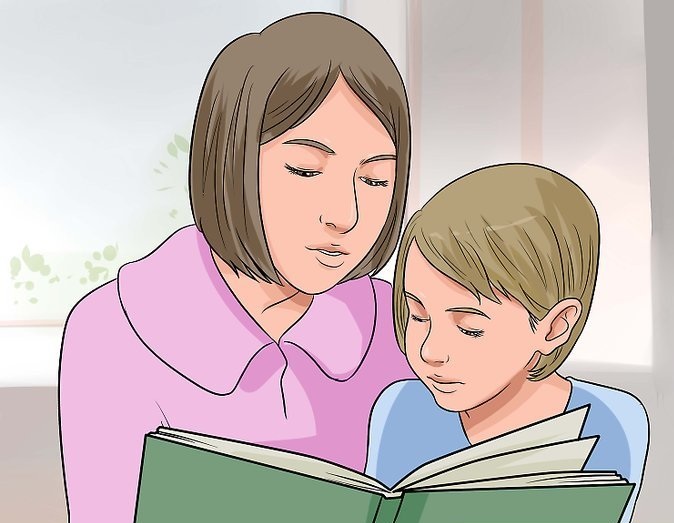
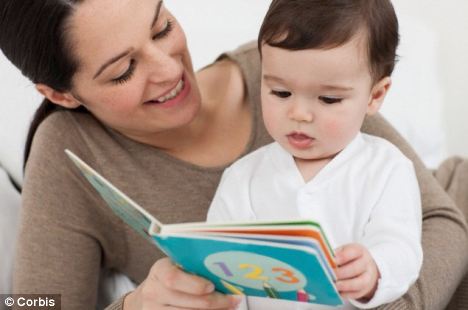

 sees around him/her. Use rhymes such as jonny jonny yes papa. Encourage the child to say hahahahaa/aaaaaa with you. Associate the object with sound e,g introduce the clock to the child, t-t-t-t-t clock, ding- dong- ding-dong .pi pi pi pi daddy car. Make him listen to the sounds of objects and create a sound associated with the object. mow mow mow mow cow. Use the sound like p-p-p-p-, m-m-m-m-, b-b-b-b-b, brooo-brooo, grrrr- ggrr while bathing, playing with toys, pampering him/her. These sounds will help him to learn better in preschool and kindergarten. Expand on words what the child says, for an example, if (s)he says car or sound likes car. Expand on words saying oh! yes it is a CAR, Biiig CAR, Big red CAR! Show the child big colorful picture book with large pictures. Name them, read aloud and talk about the picture. Wait your child to explore the picture, Ask him/her what is this and you answer. Make him/her point to picture Repeat the same several days. You would be surprised one day hearing(s)he names the picture.
sees around him/her. Use rhymes such as jonny jonny yes papa. Encourage the child to say hahahahaa/aaaaaa with you. Associate the object with sound e,g introduce the clock to the child, t-t-t-t-t clock, ding- dong- ding-dong .pi pi pi pi daddy car. Make him listen to the sounds of objects and create a sound associated with the object. mow mow mow mow cow. Use the sound like p-p-p-p-, m-m-m-m-, b-b-b-b-b, brooo-brooo, grrrr- ggrr while bathing, playing with toys, pampering him/her. These sounds will help him to learn better in preschool and kindergarten. Expand on words what the child says, for an example, if (s)he says car or sound likes car. Expand on words saying oh! yes it is a CAR, Biiig CAR, Big red CAR! Show the child big colorful picture book with large pictures. Name them, read aloud and talk about the picture. Wait your child to explore the picture, Ask him/her what is this and you answer. Make him/her point to picture Repeat the same several days. You would be surprised one day hearing(s)he names the picture.



 If parents feel that development is slow, they check their impression with the other parents, relatives, and their pediatrician. You probably get an answer such as Oh!! Don’t worry, he / she will outgrow it. Look at my child she was so quiet and now she is a chatter box, give him/her time.
If parents feel that development is slow, they check their impression with the other parents, relatives, and their pediatrician. You probably get an answer such as Oh!! Don’t worry, he / she will outgrow it. Look at my child she was so quiet and now she is a chatter box, give him/her time. You would feel guilty waiting and then finding out that I should have acted earlier. Waiting is so hard, why we have to be frustrated at last . We want the best for our child. What’s a parent to do?
You would feel guilty waiting and then finding out that I should have acted earlier. Waiting is so hard, why we have to be frustrated at last . We want the best for our child. What’s a parent to do? It’s hard to say the exact age when they hit speech and language milestones. It varies a lot on factors such as the child’s inborn ability to learn language, other skills the child is learning, the amount speech and language input he/she gets. and how others respond to his/her communication attempts .
It’s hard to say the exact age when they hit speech and language milestones. It varies a lot on factors such as the child’s inborn ability to learn language, other skills the child is learning, the amount speech and language input he/she gets. and how others respond to his/her communication attempts .